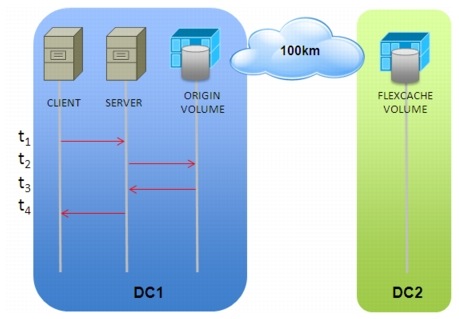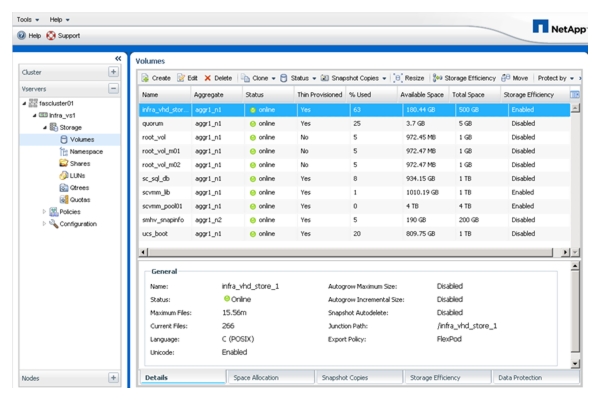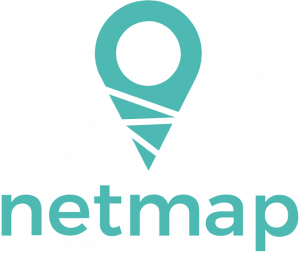

- #NETMAP TOOL PRO#
- #NETMAP TOOL DOWNLOAD#
It does this using a protocol known as ICMP, or Internet Control Message Protocol. If the host is, in fact, there, ping returns a "yup, I'm here" message. Simply put, ping sends an "are you there?" message to a remote host. The ping command is one of the most well-known tools available. How well do you know Linux? Take a quiz and get a badge.Linux system administration skills assessment.A guide to installing applications on Linux.
Download RHEL 9 at no charge through the Red Hat Developer program. According to specific goal of your Net-Map exercise, discuss what this network means for strategy of organization, where influence comes from, what happens in case of conflicting goals etc. Note abbreviations for goals next to actor cards, allow for multiple goals where appropriate, by noting more than one goal next to the actor (see picture below). “Does this actor support environmental, developmental goals or both?” Ask according to pre-defined goals, actor by actor, e.g. Verbalize set-up and give interviewee the chance to adjust towers before noting height of tower on the Net-Map (important for documentation purpose). Place influence towers next to actor cards. Towers can be as high as interviewees want. Actors with no influence can be put on ground level. Towers of different actors can be of the same height. Ask interviewee to assign influence towers to actors: The higher the influence on the issue at stake, the higher the tower (or alternatively, the more stones or beans). Explain/agree on a definition of influence with your interviewee, clarify that this is about influence on xy and not influence in the world at large. Ask: “How strongly can actors influence xy?”. If actors exchange more than one thing, add differently colored arrow heads to existing links. Draw arrows between actor cards according to interviewees directions. “Who gives money to whom? Who disturbs whom?”). Ask: “Who is linked to whom?” Go through the different kinds of links one by one (e.g. Write names on actor cards and distribute on empty Net-Map sheet. 
Ask: “Who is involved in this process?”.Decide who should be involved in interviews/discussion.
environmental orientation and development orientation or pro and contra a change of legislation). giving money, disturbing someone, giving support, giving command) and assign different colors to the links (i.e. “Who can influence the success of our project?”).
Markers of different colors to draw the links between actors. Actor figurines (different board game figures, optional but especially useful when working with illiterate interviewees). checker’s pieces, bicycle spare parts) Alternatively: stones or beans Flat round stackable discs for building influence-towers (e.g. Adhesive paper (“post-its”) or tape to write the names of actors. Materials needed for a Net-Map session are: The tool is low tech and low cost it can be used with rural community members who have little formal education as well as with policymakers or international development actors. 
Ultimately, the tool provides an influence network map of the governance situation as well as qualitative and quantitative data about the perceived power and influence of the actors. Finally, the interviewee assesses the goal orientation of the different actors. They then add “influence towers,” made of checkers pieces, to transfer abstract concepts of power and influence into a three-dimensional form. Using a participatory approach, both interviewees and interviewers draw a network map of the actors involved in the policy arena and characterize the different links between the actors. Net-Map merges characteristics of two existing methods: social network analysis and the power mapping tool. This tool helps stakeholders to determine which actors are involved in a given network, how they are linked, how influential they are, and what their goals are. Net-Map was developed by IFPRI to help understand and visualize how stakeholder goals work out in an MSP. Not only when you plan an intervention but also to give insight whether certain goals have been achieved. This tool can be used at all stages of an MSP. To help people understand, visualize, discuss, and improve situations in which many different actors influence outcomes.







 0 kommentar(er)
0 kommentar(er)
